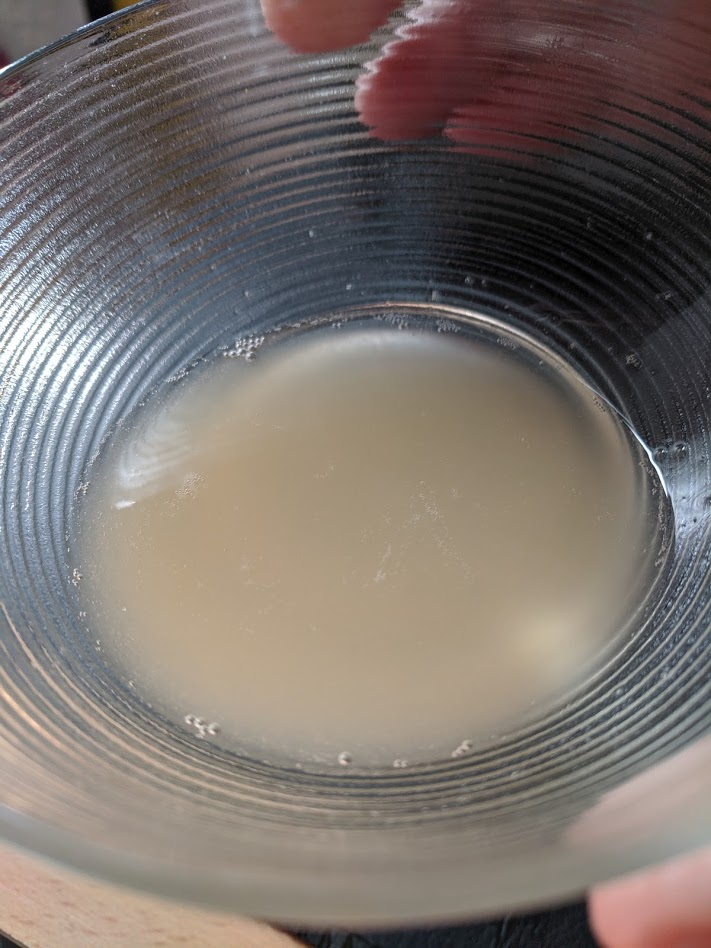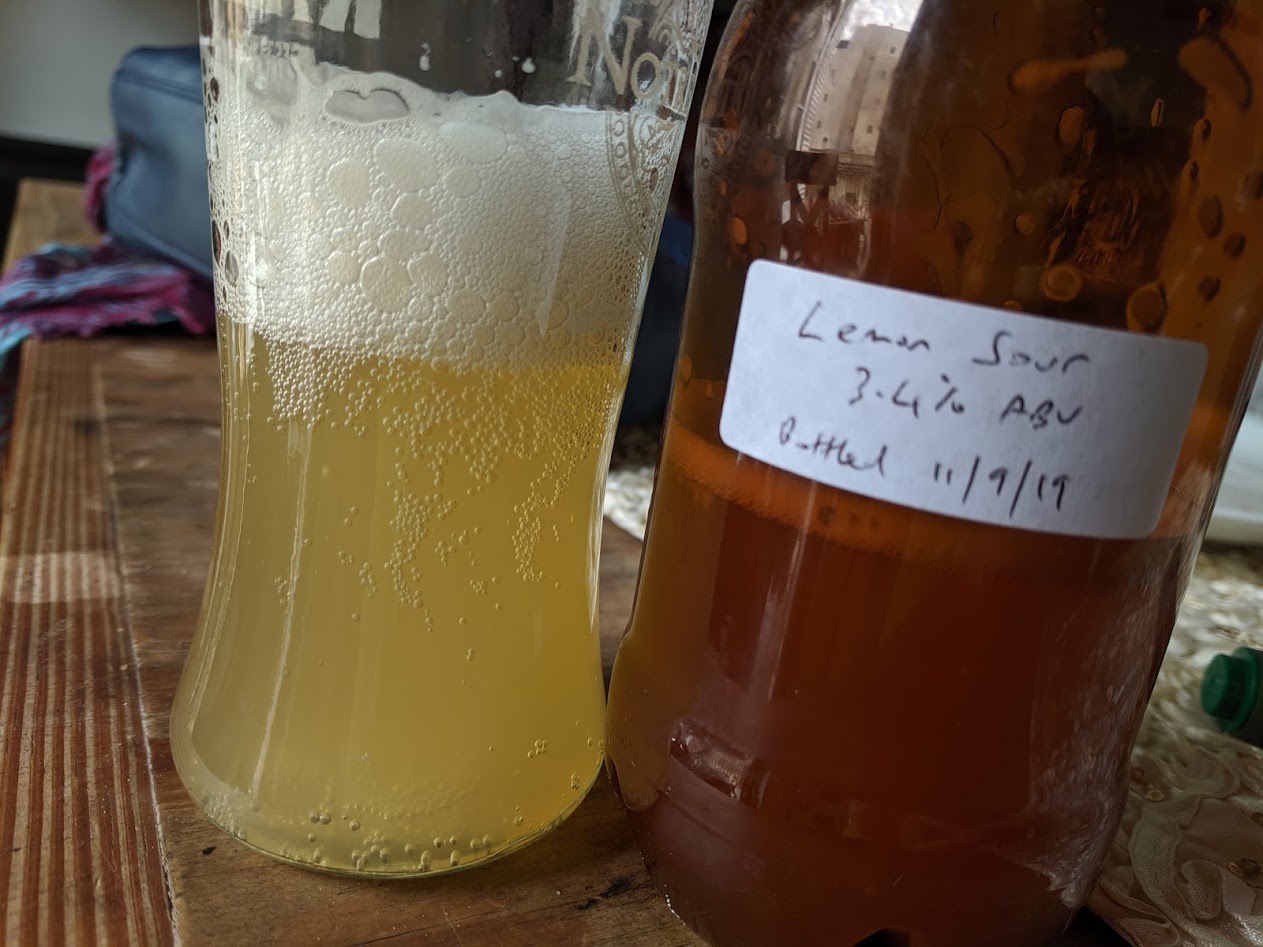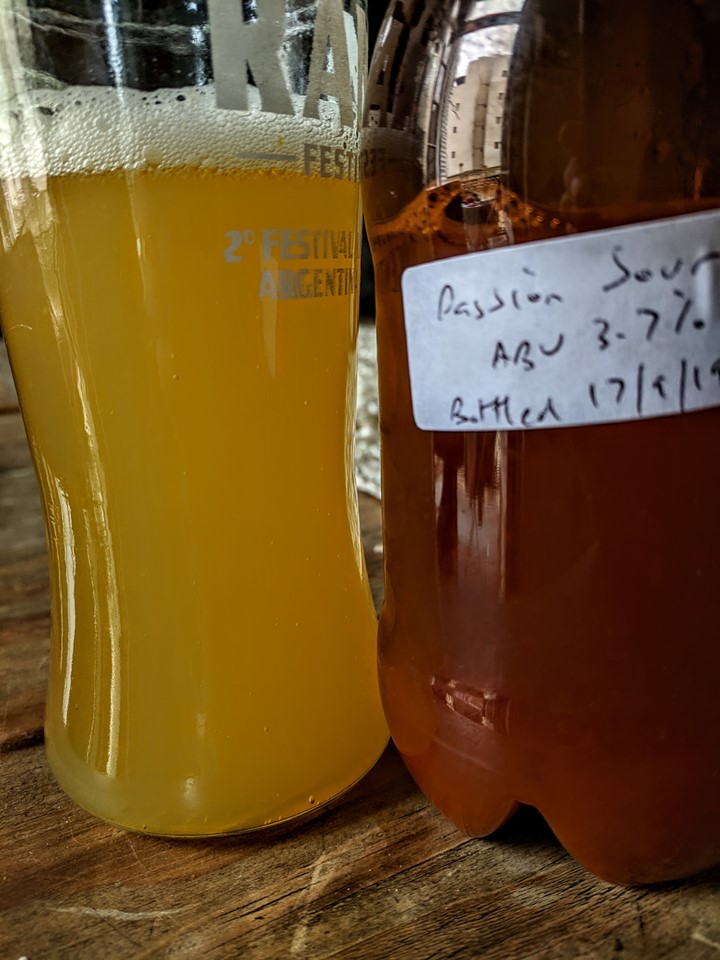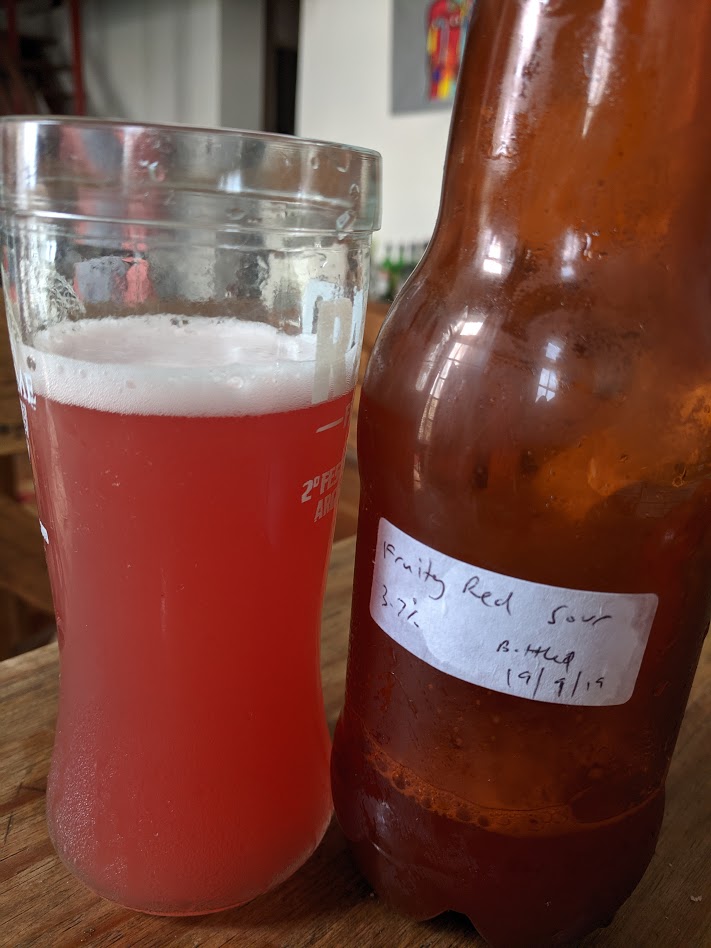Am currently trying a co-pitched sour for my 4th brew, as it is my favourite style so figured why not jump in with both feet even this early in the game?!!
Brewed with 50% pilsen, 50% wheat, co-pitched with US-05 and WildBrew Sour Pitch (thanks @Gnomebrewer) ...
I took a tiny sample just 3 days after pitching due to being super curious what might be happening, as well as maybe slightly concerned with the colour (see photo below), but happy to report there's a lovely sour flavour developing, very pleasant already so being just 3 days am presuming/hoping there's even more sourness to develop...? If not, is there any advantage to adding some more Sour Pitch at this stage to increase sourness, or just be patient?
And even though I presume much of the yeast currently floating around giving it this "cloudiness" will drop out once fermenting is done, I'm wondering if this style of beer would benefit hugely from using some gelatin to clear it? Any feedback from anyone that's brewed one?

Brewed with 50% pilsen, 50% wheat, co-pitched with US-05 and WildBrew Sour Pitch (thanks @Gnomebrewer) ...
I took a tiny sample just 3 days after pitching due to being super curious what might be happening, as well as maybe slightly concerned with the colour (see photo below), but happy to report there's a lovely sour flavour developing, very pleasant already so being just 3 days am presuming/hoping there's even more sourness to develop...? If not, is there any advantage to adding some more Sour Pitch at this stage to increase sourness, or just be patient?
And even though I presume much of the yeast currently floating around giving it this "cloudiness" will drop out once fermenting is done, I'm wondering if this style of beer would benefit hugely from using some gelatin to clear it? Any feedback from anyone that's brewed one?

Last edited:






